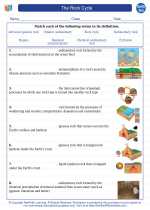Ring of Fire
The Ring of Fire is a horseshoe-shaped area in the Pacific Ocean basin where a large number of earthquakes and volcanic eruptions occur. This area is associated with a nearly continuous series of oceanic trenches, volcanic arcs, and volcanic belts and plate movements.
Causes of the Ring of Fire
The Ring of Fire is the result of plate tectonics. It is located along the boundaries of several tectonic plates including the Pacific Plate, the Nazca Plate, the Cocos Plate, the Juan de Fuca Plate, and the Philippine Sea Plate. These plates are constantly moving and interacting, leading to the formation of the Ring of Fire.
Volcanic Activity
Within the Ring of Fire, there are numerous active volcanoes. The magma that fuels these volcanoes is generated by subduction of the oceanic plates beneath the continental plates, leading to the formation of volcanic arcs. The high concentration of volcanoes in this area is a result of the intense tectonic activity.
Earthquake Activity
Along with volcanic activity, the Ring of Fire is also known for its frequent earthquakes. These earthquakes occur due to the movement of tectonic plates and the release of built-up stress along these plate boundaries. The subduction zones within the Ring of Fire are particularly prone to generating powerful earthquakes.
Study Guide
Key Concepts
- Plate tectonics and the movement of tectonic plates
- Subduction zones and volcanic arcs
- Relationship between plate boundaries and seismic activity
- Impact of the Ring of Fire on human populations and natural resources
Study Tips
- Review the process of subduction and its role in volcanic activity
- Understand the different types of plate boundaries and their associated geological features
- Explore case studies of significant volcanic eruptions and earthquakes within the Ring of Fire
- Consider the implications of living in an area prone to seismic and volcanic hazards
Test Yourself
1. What geological processes contribute to the formation of the Ring of Fire?
2. How does the Ring of Fire impact the distribution of volcanoes and earthquakes?
3. Explain the role of subduction zones in the Ring of Fire.
[Ring Of Fire] Related Worksheets and Study Guides:
.◂Earth Science Worksheets and Study Guides High School. The Rock Cycle
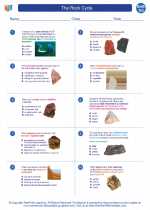
 Worksheet/Answer key
Worksheet/Answer key
 Worksheet/Answer key
Worksheet/Answer key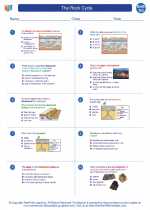
 Worksheet/Answer key
Worksheet/Answer key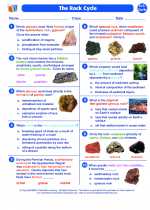
 Vocabulary/Answer key
Vocabulary/Answer key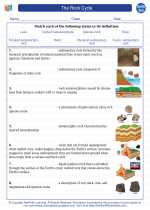
 Vocabulary/Answer key
Vocabulary/Answer key
 Vocabulary/Answer key
Vocabulary/Answer key